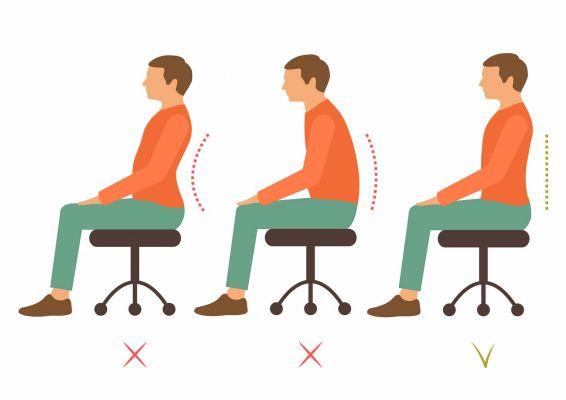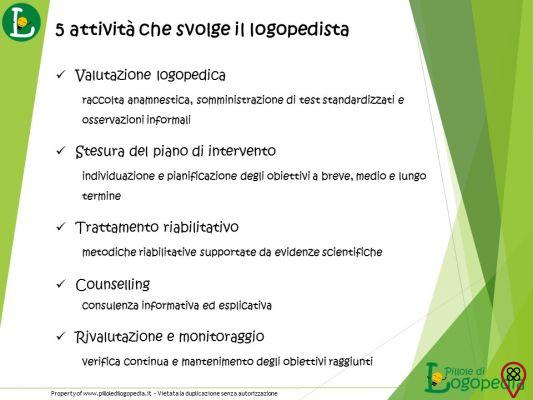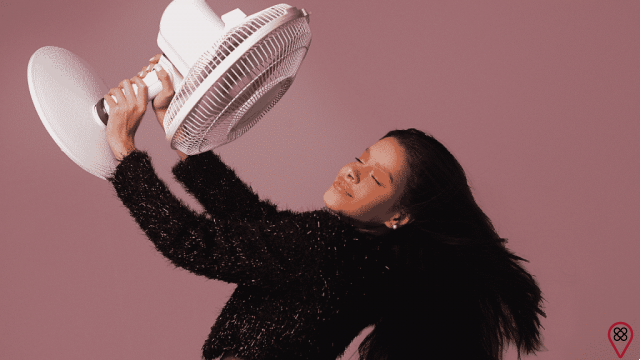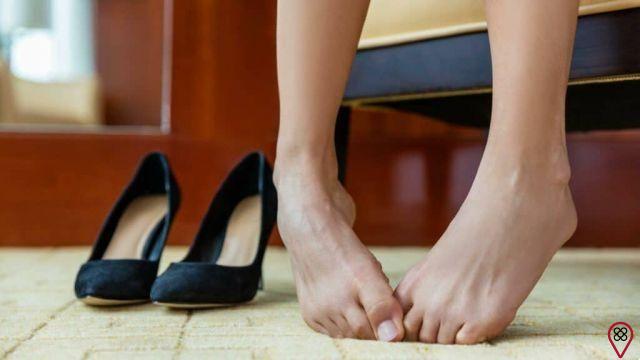The positioning of our body is directly related to the spine, the part responsible for supporting and distributing weight that keeps us upright and allows us to perform movements. Good posture allows this part of the body to continue working well and not suffer any deviation, keeping the body erect, with dynamic movements and without pain.
However, this is not the case for most people. As a matter of custom or everyday situations, we tend to "deliver the points" and not pay attention to the positioning of our spine. Faced with so many concerns and factors that we direct our thinking to, we forget to pay attention to the way we position ourselves and distribute the strength of our muscles and bones.
Not day to day
The exercise of keeping the spine straight should be natural, however, it requires some effort against the common reaction of bending over. For example, when we sit, we tend to put our shoulders down and focus our weight on our hips. What appears to “relax” tension in the back is actually doing great damage to its structure, which can be addictive and, if constant, irreversible.
Another common behavior is to spend hours and hours in front of computers with careless posture or looking at smartphones, positioning the head down, the shoulders too and, again, leaving the spine curved.
When we watch classes, lectures or even movies, we have the same reaction. That is, during various situations in our routine, we make the spine stay in a position that, at the time, seems more comfortable, but can bring a great danger to your health.
The causes
This tendency to stoop can have several motivations. Usually, the main culprit is a feeling of immediate tension relief, however, it can also be caused by shyness, shame, or a need for protection. It can even be caused by a tight and uncomfortable physical space, which requires contortions and a beautiful bend in the spine.
Its consequences
In addition to the internal damage that bad posture can generate, there are other consequences due to it.
Over time, the constant curvature produces some kinds of “disengagements” in the parts that make it up. The development of this problem causes symptoms that can be mild or more severe, from routine pain, tension and “pinched” muscles to complicated herniated discs, which can only be resolved through surgery.
Poor posture has yet another consequence that is unrelated to it and somewhat unwanted: abdominal fat. The fact that we keep the spine in a curve causes the fat in the belly region to be located in the abdomen and culottes, accumulating. Hence the love handles and, along with them, personal discontent.
Self-esteem also comes into this game. This phenomenon is directly connected to the release of certain hormones such as testosterone and cortisol, associated with body language, which benefits from good posture. An upright spine gives a sense of confidence, leadership and knowledge, while the opposite path brings the opposite effects.
how to improve
Regardless of the cause or consequence that harms our body, there are always ways to improve. During our day, small changes that require a little attention can make a big difference.
There are many doubts about the real correct posture, here are some clarifications and tips on how to improve your posture:
Standing
When we are standing, the correct posture of the spine is the one that aligns all the vertebrae that compose it. A good way to identify it is by placing the shoulders back without tension and feeling the alignment, the head in the center and the weight distributed throughout the back and soles of the feet.
Pay attention to moments such as: standing conversations, without being supported on any surface, and in situations where you are supported, be careful not to concentrate your weight on just one region of the spine.
Correction exercise: Leaning against a wall with the entire surface of the back, if necessary, bend your knees a little to facilitate the position. With the palms of the hands facing forward, bend and raise the arms forming a “U”. Stay in the position for 2 to 5 minutes. The exercise should be done daily in order to make the upright position of the spine an automatic and natural behavior.
Seated

Sitting, we must concentrate the weight of the spine in the center of the hip, leaving the shoulders erect, however, relaxed, without tension. The abdomen should be “stretched” and the head straight.
Attention to: sofas, transport seats, computer chairs, cinema and office chairs.
Correction tips:
- Adjust the height of your computer screen so you don't have to bend over or lower your head to see it
- Support elbows and hands, preventing them from “weighting” down
- Support the soles of your feet on the floor, distributing weight also across your surface
Lying down
When we sleep, there is also a correct positioning for the spine. It should be straight, and natural curve points, like the neck and hips, should be comfortably supported.
Tips: put a pillow between your legs at the same height as the pillow your head is on.
carrying weight
When we carry some weight, we must always keep them close to us, avoiding the displacement of the spine.
Tips:
- Front-loaded weights, such as babies, should be held close to the chest and supported by both arms
- Backpacks must be glued to the entire surface of the back
- Backpacks should be centrally fitted, with equal-sized shoulder straps and evenly distributed weight.
General care
Pay more attention to how you position your body in different situations, the results are visible, sensitive and beneficial. In addition to posture correction, frequent physical exercise and muscle movement is very important to keep the body strong and well supported.
Also take care of your diet, including foods rich in calcium, which strengthen bones.
If you experience a lot of back pain or great difficulty in correcting your posture, looking for a professional physical therapist is a good alternative.
Text written by Júlia Zayas from the Eu Sem Fronteiras Team.

























